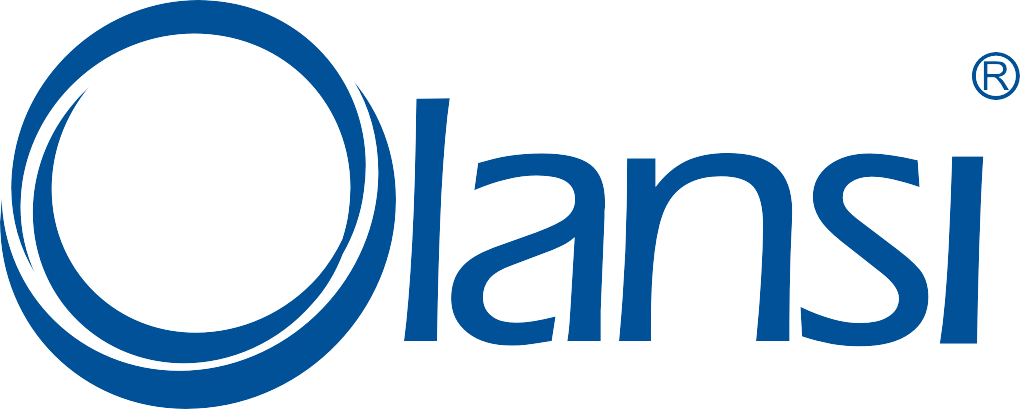It would be wise to ensure our inside air is as healthy as possible
Did you know the air inside your home or office is often worse than outside air? Since most of us spend most of our time indoors, it would be wise to ensure our inside air is as healthy as possible. The list of indoor air toxins is surprising. But there are ways of purifying your indoor air and protecting against those indoor airborne toxins.
Indoor Toxic Issues
Air duct filters for forced air central heating and air conditioning should be replaced often with the best and most expensive filters. Carpeting harbors all kinds of mites and dust particles that can become airborne. You might consider hardwood or tile flooring with throw rugs. At least vacuum often and clean with steam or non-toxic cleaning agents. Your home should be a no-smoking zone, of course.
Commercial chemical cleaning materials, including laundry detergents and insecticides, should be removed or stored outside your living area. Anything you need that emits toxic fumes should be restricted to a separate enclosed garage or shed. Non-toxic cleaning materials can be purchased from health food stores. Or you can simply use cheap white vinegar and baking soda for most of your cleaning chores.
But the hardest toxic items to remove are from furniture and building materials. Particle board has often been used in home construction and furniture during the last few decades. The particles are compressed and glued together. As time goes on, glue vapors are released. The same is true of many furnishings. There are other construction issues as well.
The extreme health hazards of mold will be covered in another article. Even after doing your best to remove the obvious airborne health hazards, it may not be enough. That’s why you should clean your air.
Natural Solutions
Your indoor air should be cleaner than outdoors, unless you live in a remote pristine area. We all know plants convert carbon dioxide to oxygen. Additionally, there are certain plants NASA has proven to be very effective with removing over 85% of indoor toxins within days.
Those NASA tested plants do not remove tobacco smoke. But they do remove airborne toxins such as benzene, formaldehyde, and trichloroethylene from airtight indoor spaces. It’s recommend that fifteen or more in medium sized pots be distributed into a 1500 to 2000 foot living area. Add or subtract that plant count according to your living area.
The NASA tested plants are listed in sources (1) and (2) below. These plants have a double edged solution: Decreased CO2 with increased O2 and less pollution than outdoors.
Artificial Solutions
There are two types of man-made home or office air cleaners, passive and active. Passive devices depend on bringing air through the machine. There are a combination of activated charcoal filtration and UV light and/or electrostatic traps that will capture airborne toxins.
The active devises put energy into the surrounding indoor air. These can be molecules that combine with toxins and make them too heavy to remain airborne. Active devises may also include ozone. Ozone is created by lightning naturally. However, the EPA considers too much ozone hazardous to the lungs.
The EPA’s limit for human breathing is conservative. But most ozone air purifiers do not exceed that limit. Whether you choose an active or passive indoor air purifier, make sure it contains a combination of airborne filtering and toxin removal systems. A one system method device is insufficient.
Your health is immediately affected by what you breathe into your lungs. Indoors is where you need air quality improvement the most. This is something you can control.
For your healthy,we sincerely suggest our Olansi air purifier to you,it can improve your indoor air quality.Olansi air purifiercontain OEM Air purifier,China Air purifier,Home air purifier,hepa air purifier and so on.

